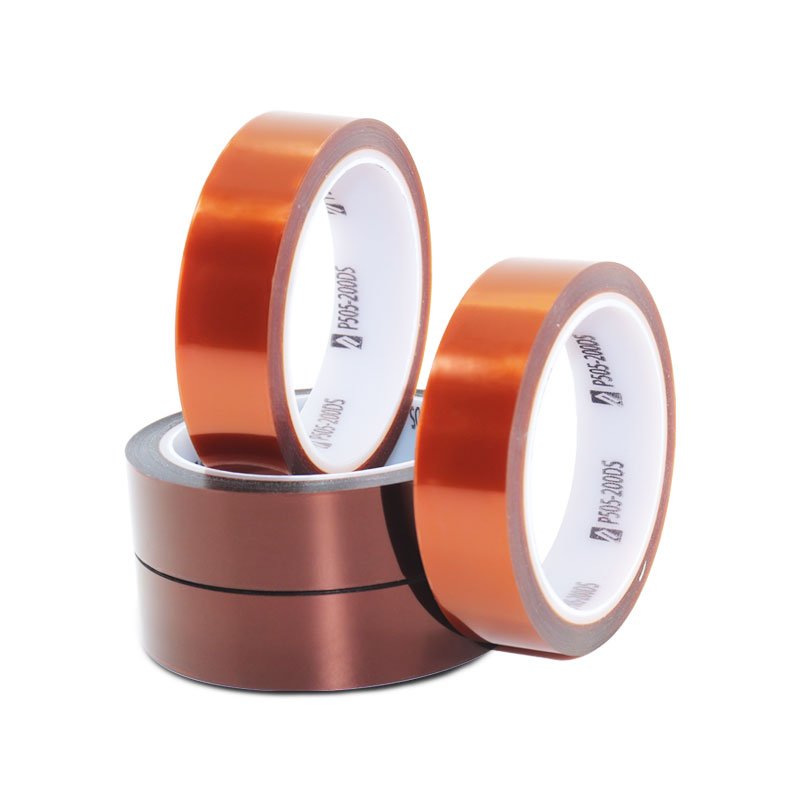how to remove adhesive residue, use the information below to help you develop a practical cost-effective residue removal procedure specific to your particular situation. This quick analysis guide will determine if it’s a big job or small, if you need special removal agents, or if simple remedies for protective film removal will work. (The difference between a procedure and a plan is that one goes to work on the issue while the other goes into a desk drawer until the issue has gone away
After removing the protective film, it’s clear that every last one of them has some kind of yucky, sticky, adhesive residue left on them. Everyone is scratching heads, and asking you, “How do we get rid of this gunk
Step 1: Assess the severity of the situation
Ask yourself: Is the residue actually an issue? Is it an insignificant but unsightly trace? Will it wear off on its own? Can it removed as a matter of course by a manufacturing operation, such as sand-blasting?
If NO, make sure this issue is known and factored into quality control.
If YES, the adhesive residue actually is an issue and it needs to be removed, so keep reading.
What is the scope of the project?
A few pieces that can probably be cleaned up manually;
Quite a few pieces that will need a significant amount of effort to clean up manually;
A great many pieces in a high volume production operation that will probably need some degree of automation to be practical.
How quickly does the residue need to be removed?
Within a few minutes
Within a few hours
Step 2: Assess Resources.
Take stock of what is available and on-hand to remove the goo, and realize that the larger the project, the more critical this step becomes.
Select an adhesive removal agent. To a great extent, the removal agent that you select will dictate the other resources and safety measures that may be needed.
Do you have the workspace for an un-anticipated project? Give this item special consideration if your removal agent requires “soak time.”
How will you handle and store the material pre- and post-process?
What devices are needed for applying the adhesive remover?
Do you have temperature control in the project area? (Frozen adhesives are difficult to budge.)
Is there exhaust venting and/or a breather apparatus if the remover requires it?
Do you have sufficient quantities of disposable rags?
Will you need a power washer? plastic scrapers? rubber gloves?
How will you dispose method of solvents, sludge, rags, etc.?
Start Removal
You may be able to get busy right away, or a trial process may be needed to verify effectiveness.
Step 3 Apply removal agent to adhesive residue
Let agent work for prescribed length of time. (Warm or heated surfaces speed the process.)
Wipe or scrape off softened residue.
Wipe down or wash off, as necessary, until residue and/or the agent is fully removed.
Safely dispose of sludge and rags.
Tweak and adjust procedure, as appropriate.



